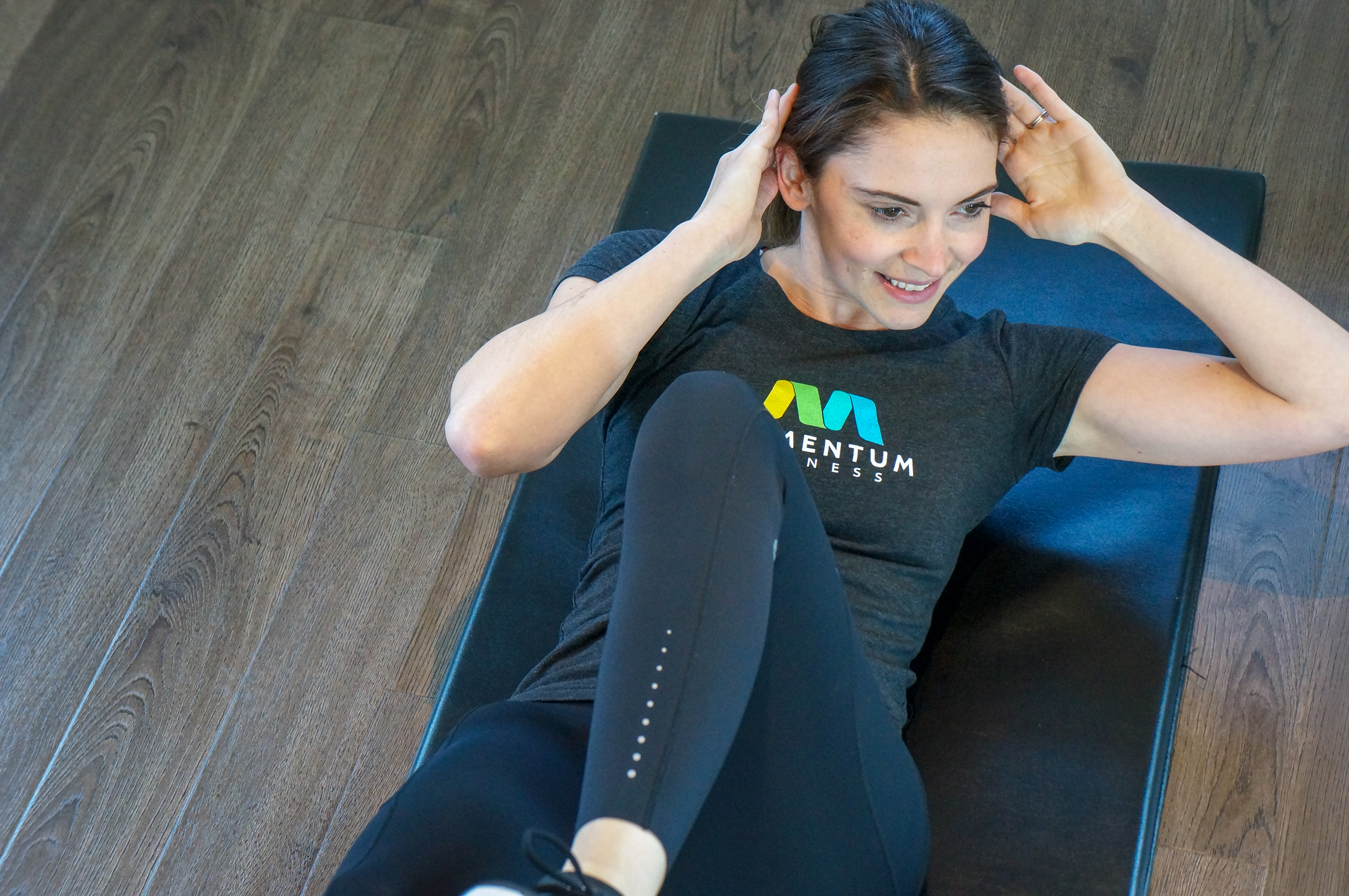
In most cases, when it comes to weight loss, what we are actually trying to do is lose fat. This is because our weight consists of many things: water, muscle, bones, fat, organs, and waste. If fat loss is your objective, goal setting is vital. In order to evaluate if you’re on track with your goals, it’s important to find ways to track fat loss progress. There are many methods in which you can do this, here at a few examples:
1. Body weight (scales)
This is the most common method as it is the most accessible tool and it’s easy to track at home. However, scales are not the most reliable method because there are many variables that can make your weight fluctuate. For example, if you’re exercising and becoming stronger, your increased muscle mass can make the scales go higher, even if you’re also losing fat in the process.
2. Body fat percentage (calipers, DEXA, etc.)
In some cases, the needle on the scale might not move, but there could be improvements with your body fat percentage. Body fat percentage is calculated by taking the total mass of fat and dividing it by the total body mass, times 100. However, there are a lot of variables that go into measuring your body fat percentage, so it’s best to see a Momentum Personal Trainer Hamilton for help on calculating your body fat percentage accurately.
3. Body measurements
Similar to body fat percentage, you can see positive results with body measurements, even if your weight on the scale isn’t really changing. You can use a measuring tape to gather data on waist, hip, thigh, arm or other circumferences on your body. However, it’s important to note that you can not target an area for fat loss, so it’s important to gather measurements for multiple sites. See a Momentum Coach for help on gathering body measurements.
4. Progress photos
Seeing yourself everyday makes it difficult to see the small changes that occur daily or weekly. Using progress photos is a great way to see the changes that accumulate over time.
5. Performance in the gym
Moving easier and more efficiently, increased strength, and better endurance are benefits to consistent workouts and making healthy lifestyle changes
6. Ability to say NO to dessert/alcohol/fries/etc without suffering
It’s important to recognize that these types of foods are not healthy options and should not be a staple in your daily eating. Treats are treats and should be treated as treats.
7. Ability to say YES to dessert/alcohol/fries/etc without feeling guilty
Knowing you are eating healthy most of the time, it’s okay to still have indulgences. This helps to curb cravings, avoid binging, and helps maintain a long-term healthy eating lifestyle. If fat loss is your goal, you can still have these treats in moderation and achieve success by maintaining your calorie deficit.
8. Behavioural changes
Increased feelings of confidence and self-esteem, and engaging in less negative self-talk is another indication that you’re achieving your fat loss goals.



